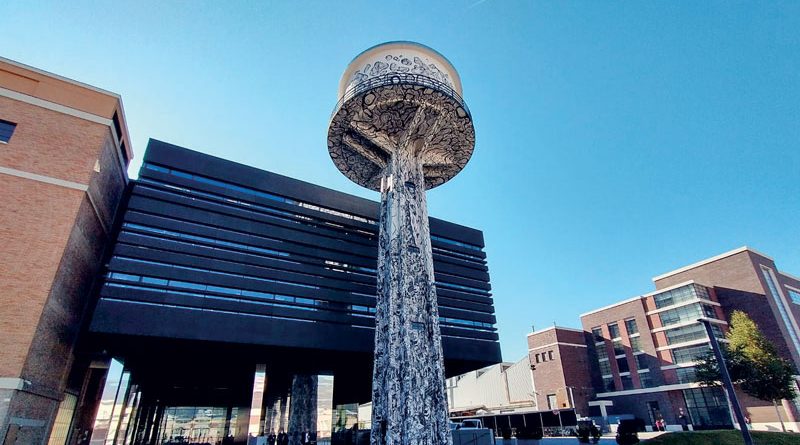Robotics is riding the innovation wave
On October 27th 2021, AutomationWare organised an event at the Italian headquarters of the Fraunhofer research centre, in Bolzano, to talk about the robotic innovations which are being developed as a result of this partnership. The Veneto-based company, particularly, is launching a robotic picking solution with an anthropomorphic arm which can lift up to 25 kg and rise to reach objects at remarkable heights, thus improving the quality of work of human operators.
AutomationWare is a company from the Venice area which has always considered technological innovation its mission: next year it will be celebrating its first 20 years in business. It started out as a manufacturer of electric actuators and today, in addition to its original business, it has fully entered the world of robotics. Not only does it produce robotic couplings, but between 2019 and 2020 it has developed its first collaborative robotics solution: AW-Tube, a ROS-based cobot. It consists in a robotic arm, which can have a maximum extension between 1,500 and 1,800 mm, with a payload of 25 and 20 kg respectively. “We are strongly focused on collaborative robotics,” Fabio Rossi, CEO of AutomationWare, said. “We have developed this cobot, but also robotic couplings and mobile robots for logistics, the AW-Mobile Robots. On the latter, it is possible to mount the robotic arm, so as to have a collaborative mobile robotics solution, which is declined in the AW-Combo system. This can have enormous potential in the food and pharmaceutical sectors: think about transporting glass vials, for example those containing anti-Covid vaccines, or crates of fruit and vegetables. With such a robotic solution, we can not only avoid the risk of contamination, but also free human operators from heavy tasks. It is currently being tested at the Fraunhofer in Bolzano, together with a picking solution with AW-Tube”. The Fraunhofer-Gesellschaft is a European applied research organisation, which has its Italian headquarters in Bolzano, at the NOI Techpark, where activities are carried out to support small and medium-sized companies in industrial automation projects, such as AutomationWare. At the end of October, we went to Bolzano to attend the conference, organised by AutomationWare and Fraunhofer Italia, entitled “NexGen production and robotic systems”, an opportunity to talk about robotic innovations and what we can expect in the near future, but also to see the AW-Tube robotic arm at work.
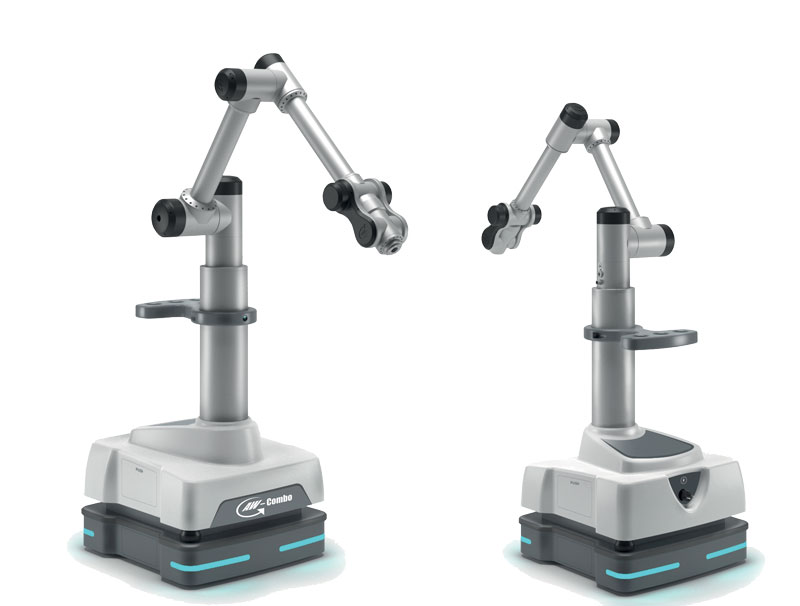
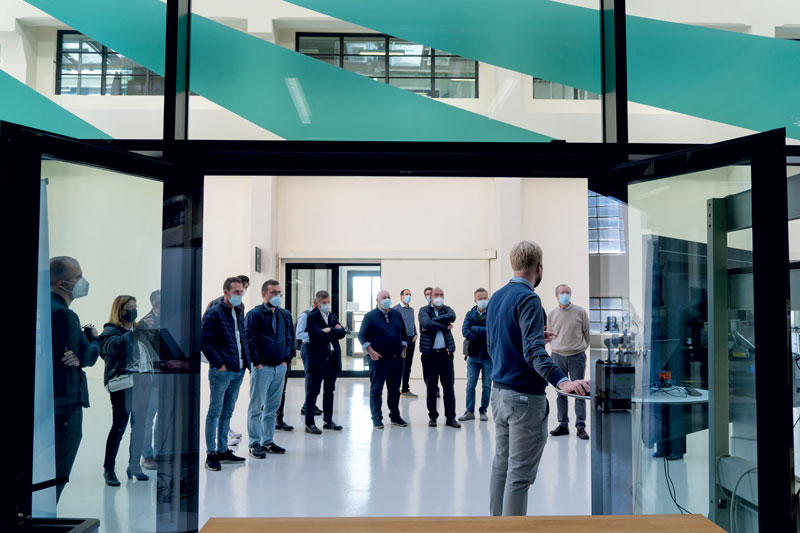
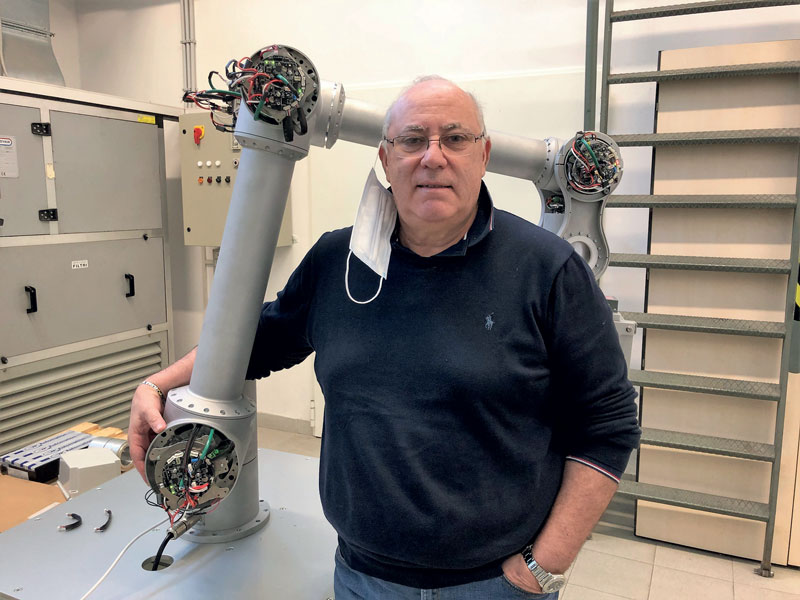
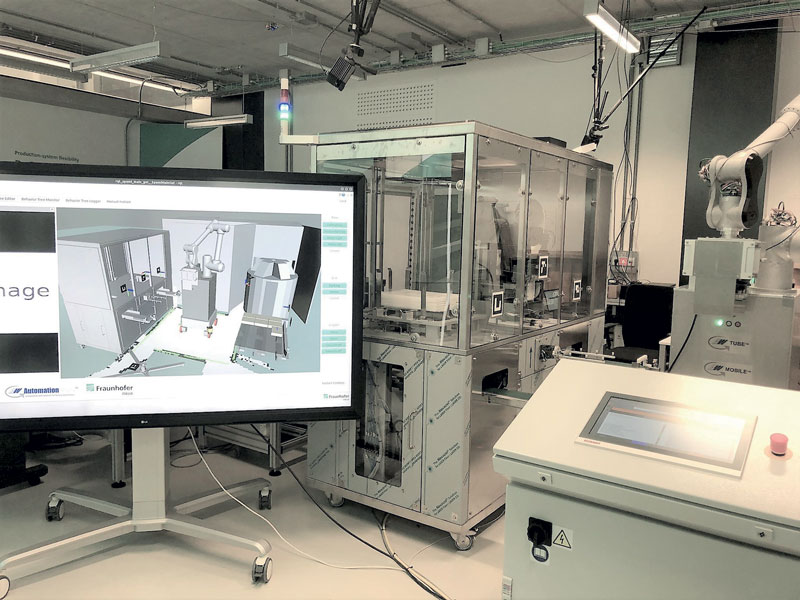
ROS: scalability and flexibility
“In our laboratories we want to show companies the advantages and disadvantages of different applications: we specialise in problem simulations, so that we can fully understand how far we can go using automation,” Michael Riedl, Deputy Director and Head of Automation and Mechatronics Engineering at Fraunhofer Italia, explained as he opened the day’s works. In his speech, it emerged that one of the biggest challenges companies are facing at the moment is the increased volatility of uncertainty along the entire value chain, hence the reduction of the life cycle, ever smaller batches and high customisation. “The flexibility of the systems,” Michael Riedl continued, “becomes crucial: the organisation of the optimal production flow has to follow the changes of state, and this is possible mainly thanks to a strong automation based on algorithms”. Research at Fraunhofer is therefore moving in this direction: more flexible factory systems capable of adapting to external and production changes in zero time. However, this is only possible thanks to advanced robotics applications. “Classical industrial robotics,” Andrea Giusti, Head of Robotics and Intelligent System Engineering at Fraunhofer Italia, explained, “is characterised by efficiency and rigidity, but has difficulty in overcoming unforeseen challenges or adapting to the required flexibility. Conversely, advanced robotics, such as cobots, allows greater process freedom. AutomationWare uses a modern approach and goes in this direction, because it speeds up the programming and reprogramming of robots with ROS”. ROS is an open-source development environment consisting of a set of software libraries, tools and algorithms for the development and programming of robotic and advanced automation systems. It is a continuously evolving scalable system which grows with the contribution of its community of developers. It allows complex kinematics to be programmed for a wide variety of applications and robots to be synchronised on industrial buses such as EtherCAT or Profinet, making them synchronous with respect to all other devices on the network. Specific packages which are constantly being updated, such as SROS, protect the system from cyber attacks. “Along with Fraunhofer,” Fabio Rossi continued, “we are developing a software architecture for the definition of a robotic cell, based on ROS. This is fundamental for mobile and collaborative robotics applications, the ones which require the greatest flexibility and scalability”.
Reconfigurable robots
The Fraunhofer institute in Bolzano is collaborating with AutomationWare, specifically on the development of the control system for cobots and AGVs. “The aim,” Andrea Giusti explained, “is to achieve the performance of a traditional system, but maintaining safety and high flexibility”. For example, AW-Tube is part of the so-called configurable scalable robots, that is, collaborative robots which can be assembled and disassembled according to the production requirements at a given time. In these solutions, robotic couplings and ROS play an important role. AutomationWare’s J-Actuators series has been designed to create high-performance collaborative robots. “The robotic coupling,” Fabio Rossi emphasised, “is a strategic element for us. The J-Actuators are controlled directly by ROS thanks to the RoboVu application, which allows real-time connection of applications such as MoveIt to the EtherCAT fieldbus system. Five models are available to cover the different needs of the user”. For robots which can be assembled and disassembled at will, the choice of the right couplings and open software is fundamental because they allow the quality of the work carried out by the machine to be maintained at a high level, while at the same time offering very high flexibility. Together with Fraunhofer researchers, therefore, AutomationWare wants to cooperate in the development of a new generation of collaborative robots approaching the performance of traditional industrial robots, but maintaining the properties of being totally scalable, configurable and easy to integrate. They are designed especially for SMEs, which often hesitate to invest in the purchase of a robot because they are afraid of not having a quick enough return on investment. “With such an adaptable robot,” Andrea Giusti explained, “the costs and the investment risk are lowered, because there is a very high degree of freedom of use: potentially, this type of robot can have infinite applications, all within a small company, which can assemble and reassemble it as it wishes”. After the first part of the conference, we were given the opportunity to see the AW-Tube live at work in picking operations. The cobot, as we could see, can be equipped with a telescopic rod which raises and lowers the machine, so that it can pick or place objects even at great heights. This is certainly ideal in palletising and logistics applications, where inconvenient heights can be difficult for human operators to reach, and therefore potentially dangerous to their health. “The work we do with Fraunhofer Italy,” Fabio Rossi concluded, “is very important: their young engineers help us to develop and improve our solutions. A partnership which will certainly continue in the coming years”.

